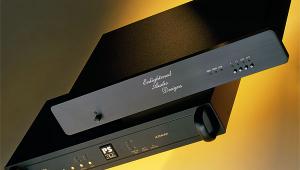Micros Can Be Mega

 Miniature components claiming high-end performance... Martin Colloms hears French company Micromega's Microdrive, Variodac and Microamp
Miniature components claiming high-end performance... Martin Colloms hears French company Micromega's Microdrive, Variodac and Microamp
Sitting in a neat stack on the desk in front of me as I write, the subjects of this review remind me of those pretty Toshiba Aurex units of yesteryear [HFN Apr '16]. There are three Micromega components in all: the Microdrive CD transport (an improbably small device, this); the Variodac, comprising a Bitstream digital-to-analogue converter with remote power volume control and an additional line input; and finally, the Microamp, a neat-looking stereo power amplifier block.
Hot Stuff
Each unit measures just 220mm wide by 60mm high, but the power amp is deeper than the other two units at 205mm front-to-back. It is rated at 25W per channel into 8ohm, and is claimed to be highly tolerant of loading, including electrostatic speakers.
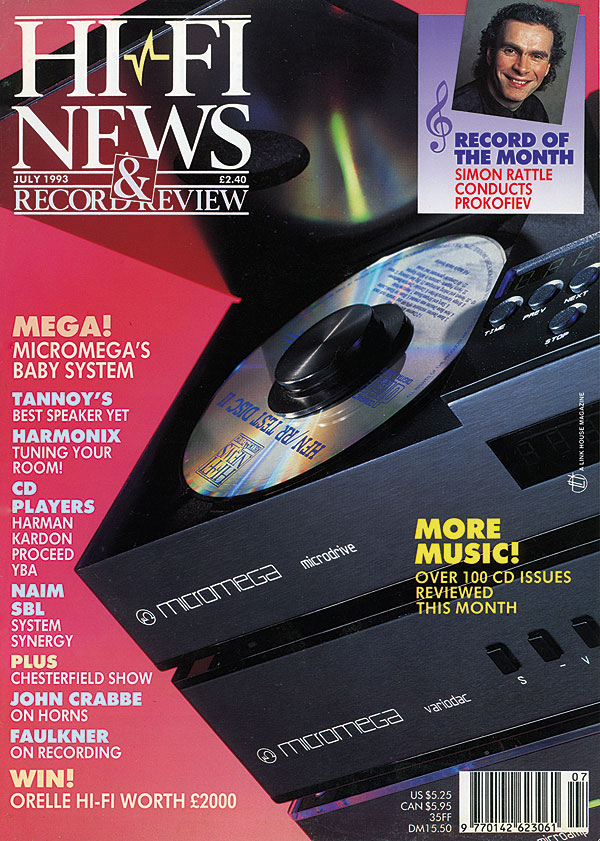
Warnings explain that the heatsink runs hot, at typically some 50oC when idling, and even hotter under heavy drive. This is allowed for in the EC standards for this configuration, though lower temperatures are demanded for front and top covers. Such is the overall heat output of the amp that it must remain free-standing, as it will quickly overheat if stacked.
Cable Talk
Staying with the power amp, it has plain 4mm sockets for loudspeaker cable connections while mains input is via an IEC detachable cable. The power switch is on the rear panel and signal input is via gold-plated phono plugs. Access to all of these is tight, the whole group crowded in between the heatsink fins.
The Variodac contains the same Bitstream DAC as Micromega's £349 Microdac, but also includes a simple, remote-controlled line preamp. This only has one external analogue input. The volume control has a wide 99-step range and operates both smoothly and progressively. Optical and coaxial digital inputs are allowed with automatic switching to whichever is active, so CD could be on the preferred coaxial connection and DAT or DCC on the optical one.
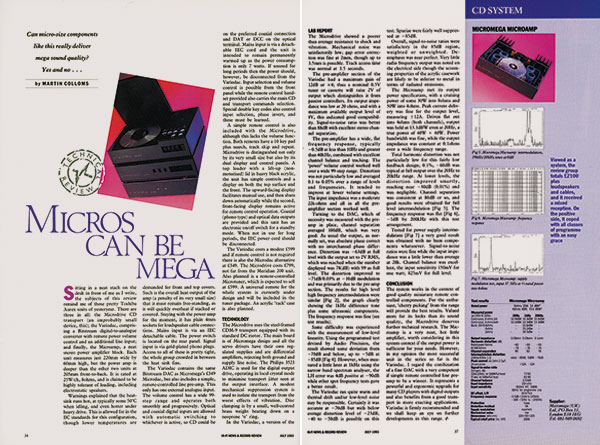
Mains input is via a detachable IEC cord and the unit is intended to remain permanently warmed up as power consumption is said to be only 7W. If unused for long periods then the power should, however, be disconnected from the Variodac. Input selection and volume control is possible from the front panel while the remote control handset provided also carries the main CD and transport commands selection. Meanwhile, special double key codes control input selection and phase invert, and these must be learned.
Top Model
A simple remote control is also included with the Microdrive, although this lacks the volume function. Both remotes have a ten-key pad plus search, track skip and repeat. The Microdrive is distinguished not only by its very small size but also by its dual display and control panels. A top loader with a lift-up (non-motorised) lid in heavy black acrylic, the unit has simple controls and a display on both the top surface and the front. The upward-facing display facilitates manual use, and then shuts down automatically while the second, front-facing display remains active for remote control operation.
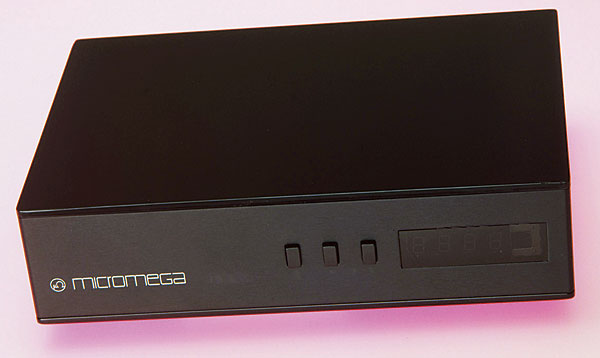
Both coaxial (phono type) and optical data outputs are provided and this unit has an electronic on/off switch that enables a standby mode. When not in use for long periods, the IEC power cord should be disconnected from the unit.
The Variodac costs a relatively modest £599 and if remote control is not required there is also the Microdac alternative at £349. The Microdrive costs £799, not far from the Meridian 200 unit. Also planned is a remote-controlled Microtuner, which is expected to sell at £599. A universal remote for the whole system is under design and will be included in the tuner package.
Technology
The Microdrive uses Philips' steel-framed CDM-9 transport equipped with its standard DC motor. The main board is of Micromega design and all the servo drivers have their own regulated supplies and are differential amplifiers, rejecting both ground and supply line noise. The Philips 3523 ADIC is used for the digital output drive, operating in local crystal mode to minimise transport jitter seen at the output interface. A modest mechanical suppression system isolates the transport from the worst effects of vibration while disc clamping is achieved via a small well-centred brass weight bearing down on a neoprene 'o' ring.
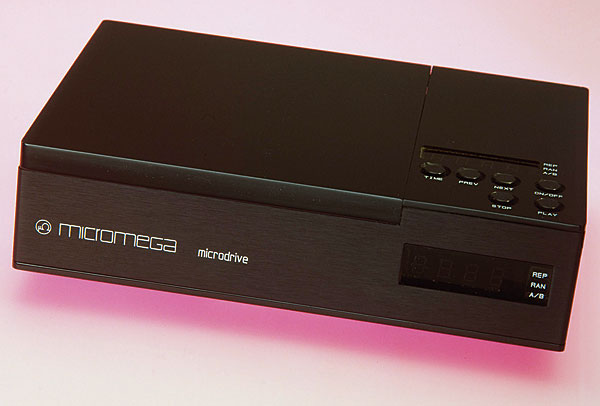
In the Variodac, a version of the Microdac, there is a small custom microprocessor to control the volume control and input-switching functions, between the analogue input and the internal DAC. Volume control is by means of specially selected DAC-controlled VCAs (voltage-gain controlled amplifiers) while the main DAC is a Philips SAA7321, the original one-chip (non-differential) Bitstream type (1-bit, 256x oversampled).
Unusual Circuit
Data acquisition is by the popular low-jitter Crystal ADIC. Again great care has been taken when it comes to the power supplies employed here, with extensive local regulation, and the output ICs chosen for both their low output impedance and wide bandwidth.















